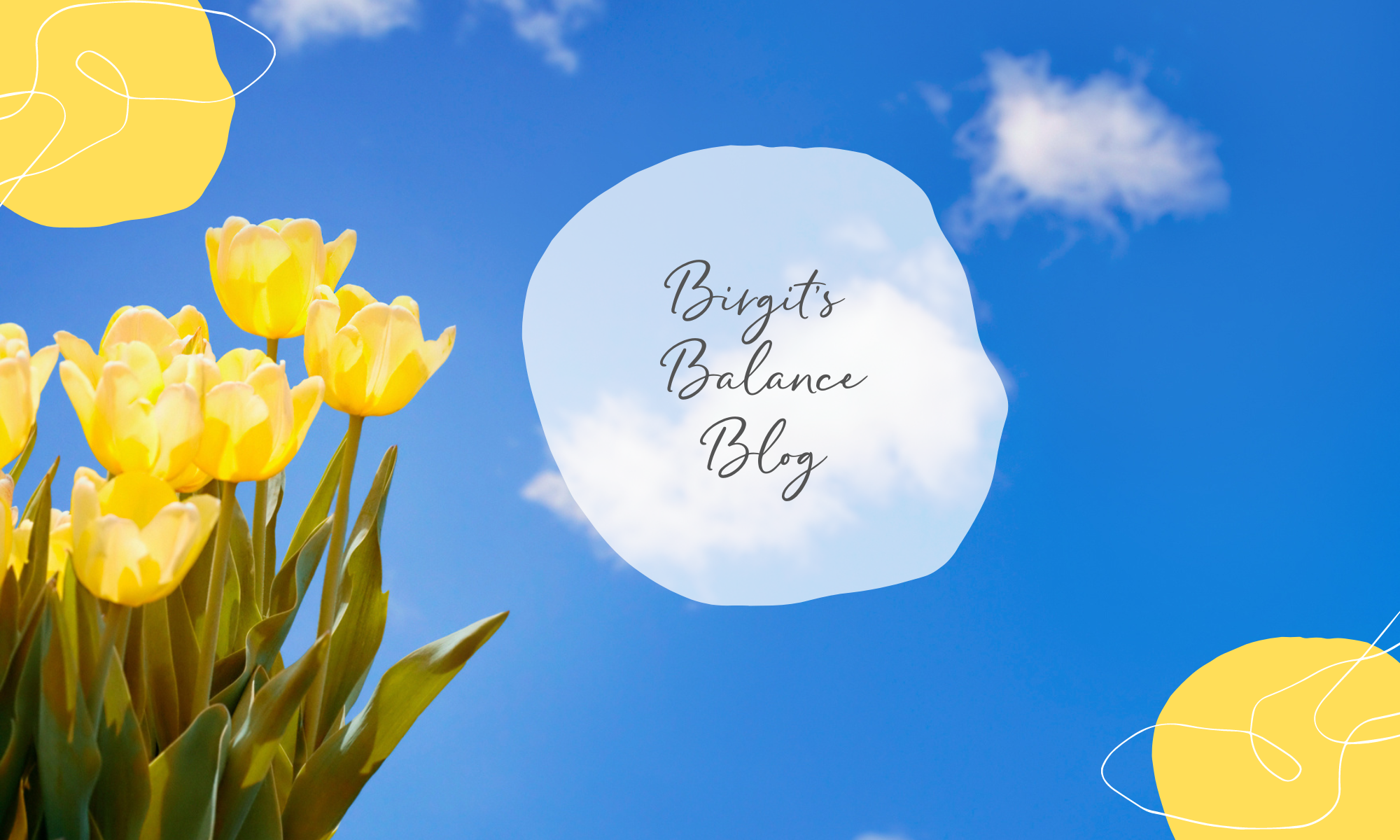
As the beginning of a new year is often the time when we think about which habits we could establish that could make us feel better, I’ll bring my article on meditation for you again today. Maybe one of the types of meditation is something for you? I hope you enjoy reading it and that it helps you to quiet your mind.
Even if nowadays there is a lot of evidence and research on the practice of meditation and its benefits, I often feel people are reacting a litte reserved when it is suggest as helpful method for relaxation. Perhaps it’s because people have various and different assumptions on what meditation is – pleasant ones as well as mysterious ones.
In fact, everybody can practice meditation anywhere at anytime. You do not need to follow a certain belief or have special talents or previous knowledge. Meditation is like a journey to yourself. Even if it might be helpful to establish a routine, meditating at the same place and at similar times when you start, it does not require a special location or time to be of benefit for you.
The scientific benefits of meditaion are really amazing and diverse. Only to name a few, meditaion can
- reduce your stress level
- build your resilience
- increase your compassion
- strengthen your focus and concentration
- improve your mood and emotional intelligence
- foster your optimism and relaxation
- enhance your self-esteem
- increase your cognitive thinking and creative skills
- improve your immune system
There are different types and techniques of meditation. The guided meditation can be like an inner journey – sometimes even an imaginary journey like the ones you will be provided with in this blog. It may be as well a mindful journey through your body and its sensations when practicing a bodyscan.T
The classic, silent meditation is like a mental retreat from your environment and your thoughts. This can be achieved through focusing on your body (e.g. on your breath), on a mantra (mantra-meditation) or on a real or visualized item (e.g. a candle).
Actually I think we are very familiar with the “mental retreat”. Think of how you commute and drive your well-known route by heart, as if you are on “autopilot” – while your thoughts are drifting away elsewhere. I call this an reality-trance. The difference is, that in this case we are led by our thoughts. They walk us to wherever they want – whereas meditation increases our ability to conciously focus our attention to one thing and let go of your thoughts – an ability that is very helpful in other context, especially nowadays, where we are constantly exposed to various distractions and impressions.
Many people believe, it is important to get rid of your thoughts when practicing meditation. So they work hard not to think of anything, get angry when they do not succeed or say things like “this does not work for me” when they continue having thoughts.
Does’nt sound very relaxing, does it?
Yes, it’s true that the goal of meditation is the ability to calm you mind – but in fact, it is natural and normal that thoughts will come up while you are meditating – as well as physical sensations like twitches or itching in different areas of your body. At this point the difference lies in your reaction to it. Practicing meditation would mean you perceive those sensations and thoughts, you accept them but do not evaluate them or turn your attention to them. Instead, you continue tuning in to your meditation. It’s like watching yourself as an external observer: “aha, now I think of” and then let go of the thought. Or like “my eyebrow is itching” and not scratching but just accepting it (it will go away, I promise!). Sometimes it can also be of help to do light physical exercises before you meditate – like a light sport unit, a walk or Yoga.
Like with all other relaxation methods, same rule appplies to meditation: constant dripping wears the rock away. It’s training your mind, body and sould to become silent. Sitting in silence will become easier over time. Try to meditate 1-2 times a day for 5-7 minutes in the beginning. You then can continuously increase the time (20 minutes is already advanced level).
Lay down or sit while practicing, find a comfortable position – but not so comfortable that you fall asleep. (If you sit, do not recline). It is not necessary that you are a master of the tailor seat or lotus position. Just take care, that your is upright so you can breath easily and openly.
Enough theory for now – now go and try it out. Below I have added some Links and tipps to start with:
- Mindfulness App: This App provides a nice introduction into mediation; the free version includes a guided mindfulness meditation and the possibility to configure your personal one by chosing from different options and background noises.
Google Play –iTunes - Headspace App: supports you to medidate and life mindfully; not only does it include bite-sized meditation sessions for busy times, but also hundreds of themed sessions on everything from stress and sleep to focus and anxiety.
Google Play –iTunes - Youtube: Youtube is worth a look and listen – but take your time and try out different versions to find the one you resonate with. Content, tone of voice and the type of meditation play crucial roles in your decision whether you like it or not.
And now relax and enjoy,
Birgit
